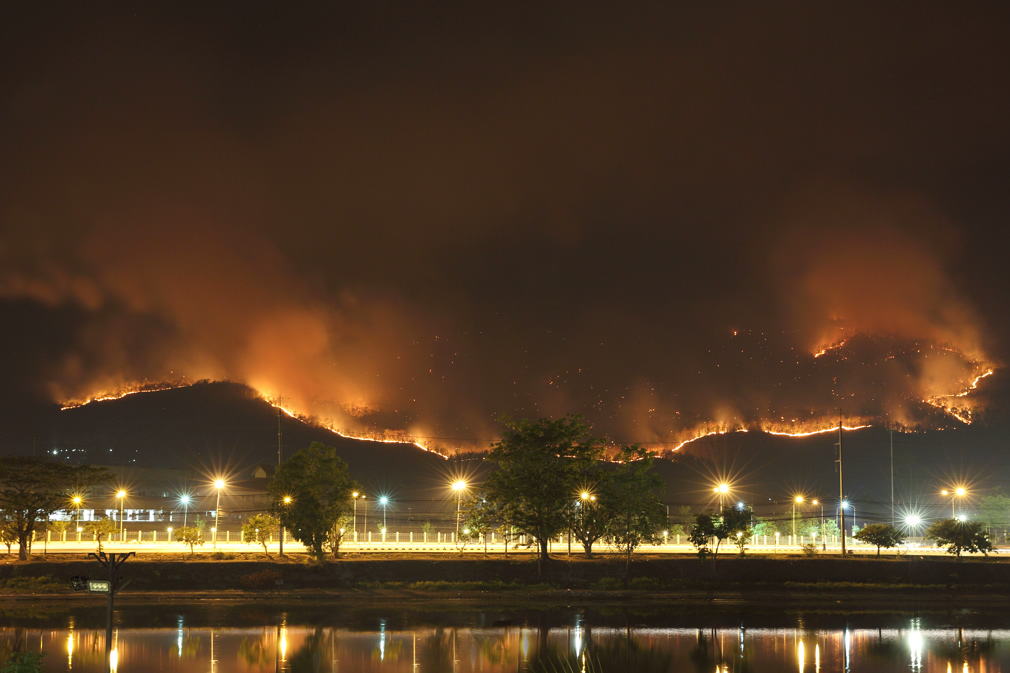The Federal Reserve held its first-ever conference addressing climate change on Friday. One of the topics was the threat posed to the housing market by changes in weather patterns.
“Higher sea levels, heavier rainfalls, dryer conditions, and the associated fallout can cause catastrophic losses to property and casualty insurers,” said Mary Daly, president of the Federal Reserve Bank of San Francisco as she opened the event.
“Climate change is an economic issue we can’t afford to ignore,” she said.
The cost of home insurance – required by mortgage lenders – has skyrocketed as insurers increase rates to cover massive payouts as severe weather incidents have increased over the last decade.
Home insurance rates increased nationally by 51% from 2007 to 2016, the lastest full-year data available, according to QuoteWizard, a LendingTree subsidiary. That’s more than triple the 15% inflation that occurred during the period, as measured by the Department of Commerce.
Lael Brainard, a member of the Fed’s Board of Governors, also spoke at the climate conference, addressing the impact of severe weather events on families who suffer property damage when their finances are already stretched thin to afford the higher cost of housing.
“With low levels of liquid savings to meet emergency expenditures, these households tend to be less resilient to the temporary loss of income, property damage, and health outcomes they face from disasters,” Brainard said.
The cost of record-breaking storms, floods and wildfires that made headline news in 2019 has yet to be tallied, but most economists agree it may have topped the more than $100 billion of damage seen in 2018 – only half of it covered by insurance.
This year marks the fifth consecutive year in which 10 or more billion-dollar weather and climate disaster events have impacted the United States.
Changes in weather patterns have caused some areas of the U.S. to see a spike in rainfall and others to see decreases, according to the National Aeronautics and Space Administration.
“Because human-induced warming is superimposed on a naturally varying climate, the temperature rise has not been, and will not be, uniform or smooth across the country or over time,” NASA said.
For example, severe storms in the Midwest in early 2019 dumped rainfall that was four times above the area’s average, causing what the New York Times called the “Great Flood of 2019,” affecting 14 million people.
A drop in rainfall in California, coupled with higher temperatures, have contributed to the state’s deadly wildfires that consumed almost 2 million acres in 2018, killed more than 100 people and destroyed more than 22,000 buildings.
In 2019, the tally wasn’t as high, but Americans were introduced to “public safety power shutoffs,” or PSPS, that became national news.
That’s when utilities cut power to large sections of the nation’s most populous state rather than risk seeing a spark from a powerline cause a deadly blaze. One PSPS last month plunged more than 2 million people into darkness.
“Welcome to California, which is living back in the Stone Age,” said one Twitter user.






